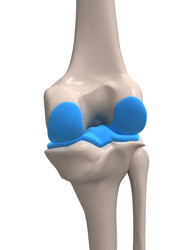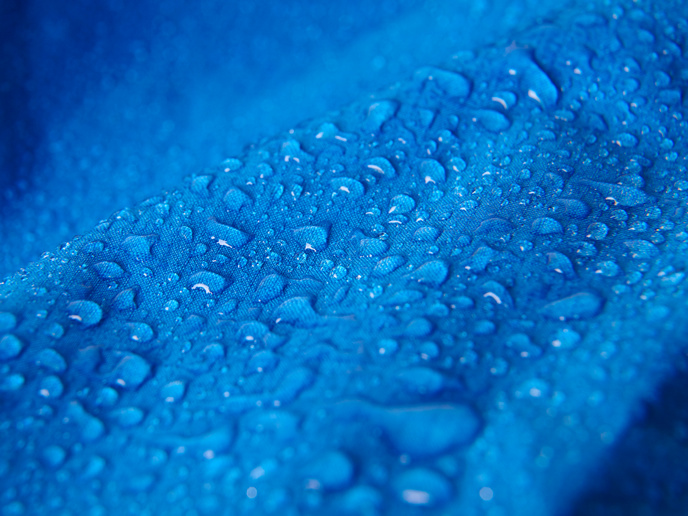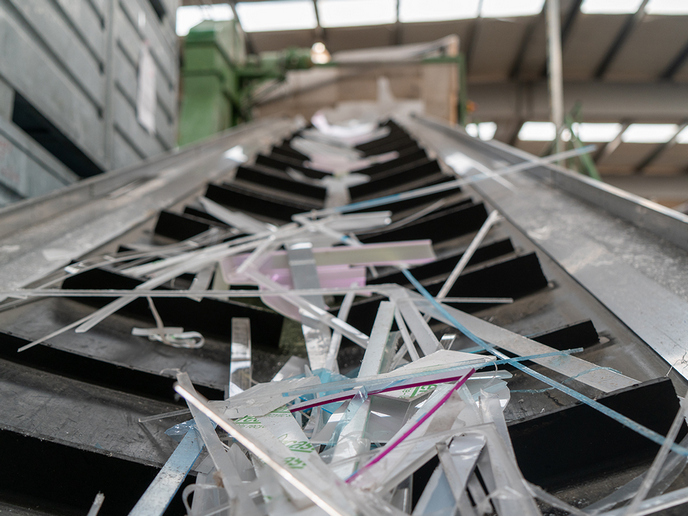Printing out new cartilage
3D printing refers to a variety of processes used to build up a 3D part by adding successive layers. The design has come from a computer-aided design program for a part that is traditionally non-living. Now scientists are coming up with key architectural and compositional elements of target tissue and using these to develop bio-ink containing cells that will form that tissue. The bio-inks containing the cells are actually hydrogels that include substances that will mimic the function of a natural extracellular matrix. After all, cells cannot just be squirted out in saline solution and be expected to form functional living tissues. However, it has been difficult to replicate the complexity of the non-cellular matrix. In the case of regenerative scaffolds for cartilage and bones, the materials must include substances such as fibrin and collagen. Funded by the EU, the 'Bioprinting of novel hydrogel structures for cartilage tissue engineering' (PRINTCART) project was launched to fill the gap regarding the availability of suitable hydrogel formulations. All objectives have been met with new hydrogel formulations based on both naturally derived and synthetic components. Rheological behaviour has been studied and adapted so that formulations can be used with a bioprinter device to generate well-defined structures with embedded living cells. The ability to form cartilage-like tissue has been enhanced. To further improve the mechanical properties of the cell-laden hydrogel formulations, researchers developed a fibre-reinforcement strategy enabling in vivo use in a load-bearing scenario. Cell-free formulations have also been created that form tough rubber-like materials through the use of photo-initiated cross-linking. They can be co-printed with cell-laden gels at reasonable temperatures to provide strength and stiffness as required of regenerative tissue scaffolds. Finally, the degradation of the hydrogels can be programmed according to the therapeutic need. Musculoskeletal damage and associated diseases in the European population are the main source of long-term pain and the main cause of sick leave. Applications to other areas, including plastic surgery, and on the spot skin repair for soldiers as well as for pharmaceutical and toxicological testing are expected. Thus, the novel bioprinting hydrogel formulations should have important socioeconomic impact.







